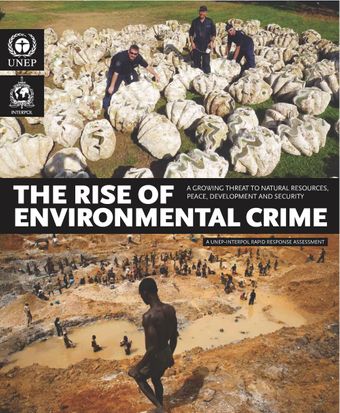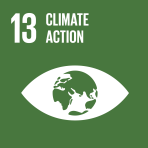- Home
- Books
- The Rise of Environmental Crime
- Chapter
Illegal wildlife trade

- Author: United Nations Environment Programme
- Main Title: The Rise of Environmental Crime , pp 40-49
- Publication Date: July 2016
- DOI: https://doi.org/10.18356/94aaad7d-en
- Language: English
Estimates of the illegal trade in wildlife are generally around 7–23 billion dollars annually, including anything from insects, reptiles, amphibians to mammals. It concerns both live and dead specimens or even products made from wildlife or plants. The specimens and products are used for pharmaceutical, ornamental or traditional medicinal purposes. Illegal harvest and trade includes a range of species from iconic ones like gorillas, orangutans, elephants, tigers, rhinos, Tibetan antelopes and pangolins to corals, birds, reptiles and sturgeon for caviar. These species often constitute significant financial transactions, both for national economies as well as to black markets. Due to lack of clear definitions, the boundaries between different types of environmental crimes is sometimes unclear.
-
From This Site
/content/books/9788269043419c007dcterms_title,dcterms_subject,pub_keyword-contentType:Journal -contentType:Contributor -contentType:Concept -contentType:Institution105


